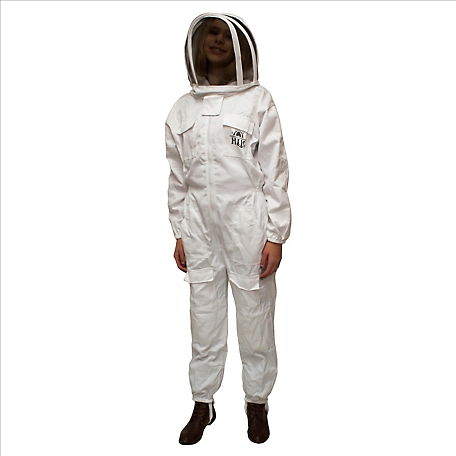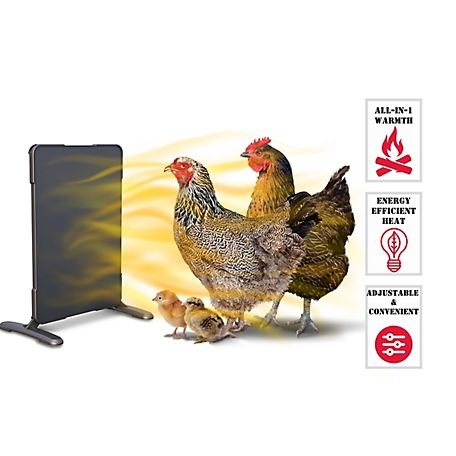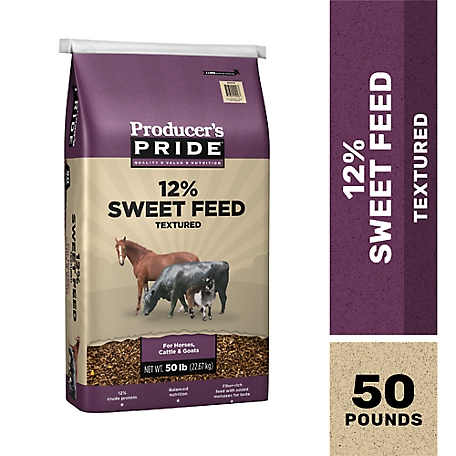Harvest Lane Honey Heavy-Duty Polyester Beekeeping Suit
The Harvest Lane Honey Beekeeping Suit helps you tend your bees. Made of heavy-duty polyester cotton, this full beekeeper suit will protect you from stings. The hip, leg and breast pockets in this beekeeping gear give you easy storage. Includes a beekeeping veil of mesh fencing.
The Harvest Lane Honey Beekeeping Suit helps you tend your bees. Made of heavy-duty polyester cotton, this full beekeeper suit will protect you from stings. The hip, leg and breast pockets in this beekeeping gear give you easy storage. Includes a beekeeping veil of mesh fencing.
- Made of heavy-duty polyester cotton, this full beekeeper suit will protect you from stings
- Includes a beekeeping veil of mesh fencing to protect your face
- Metal zipper front, leg sides and veil provide secure closure
- Hip, leg and breast pockets in this beekeeping gear give you easy storage while you tend your bees
Additional information
| Care Instructions | Machine Washable |
|---|---|
| Closure Type | Zipper |
| Features | Hood |
| Lining Material | Unlined |
| Primary Material | Polyester |
| Protective Clothing Included | Full Suits |
| Manufacturer Part Number | CLOTHSXS-101 |










by Bougie
Best bee suit ever. It is FIRST & FORMOST, protective. It’s relatively cool, easy to get into and out of. Compared to the other suits in the bee classes I have attended, mine was had the best materials and construction. I would recommend this suit to everyone.
by Chris
Without the Beekeeping Suit I wouldn’t be able to do my beekeeping.
by Heil
Fits good but gloves are sold separately.